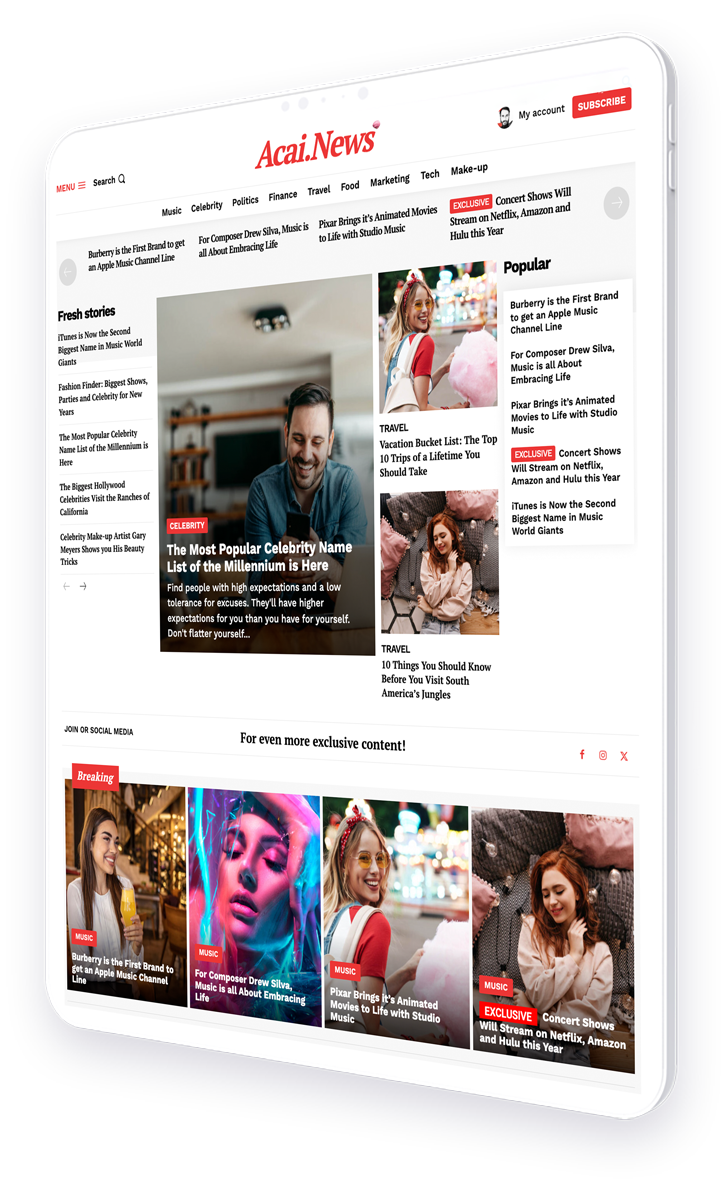When and How a Digital Magazine Can Become the Core of an Inbound Strategy
In the ever-evolving landscape of digital marketing, businesses are constantly seeking innovative ways to engage their audience and drive growth. One such innovation is the corporate digital magazine. But can a corporate magazine truly replace a traditional content marketing strategy? This article explores the potential of digital magazines as a core component of an inbound marketing strategy, examining when and how they can be effectively utilized.
The Rise of Digital Magazines in Content Marketing
Digital magazines have gained traction as a powerful tool in content marketing. Unlike traditional content formats, digital magazines offer a unique blend of visual appeal, interactivity, and in-depth storytelling. They provide a platform for brands to showcase their expertise, share industry insights, and engage with their audience on a deeper level.
According to a study by Content Marketing Institute, 70% of marketers are actively investing in content marketing, with digital magazines being a key component of their strategy. This shift is driven by the need to create more engaging and immersive content experiences for consumers.
Advantages of Using a Corporate Magazine
There are several advantages to incorporating a corporate magazine into your content marketing strategy:
- Enhanced Engagement: Digital magazines offer interactive elements such as videos, animations, and clickable links, which can significantly enhance user engagement.
- Brand Authority: By publishing high-quality, informative content, brands can establish themselves as thought leaders in their industry.
- SEO Benefits: Well-optimized digital magazines can improve search engine rankings, driving organic traffic to your website.
- Data Collection: Digital magazines allow for the collection of valuable data on reader behavior, helping to refine future content strategies.
When to Consider a Digital Magazine as Your Core Strategy
While digital magazines offer numerous benefits, they may not be suitable for every business. Here are some scenarios where a digital magazine could become the core of your inbound strategy:
- Complex Products or Services: If your business offers complex products or services that require detailed explanations, a digital magazine can provide the space needed to educate your audience effectively.
- Targeting Niche Audiences: For businesses targeting niche markets, a digital magazine can help create tailored content that resonates with specific audience segments.
- Building Long-Term Relationships: If your goal is to build long-term relationships with your audience, a digital magazine can serve as a consistent touchpoint for engagement.
How to Implement a Digital Magazine Strategy
Implementing a digital magazine strategy requires careful planning and execution. Here are some steps to consider:
- Define Your Goals: Clearly outline the objectives of your digital magazine, whether it’s brand awareness, lead generation, or customer education.
- Create High-Quality Content: Invest in creating visually appealing and informative content that aligns with your brand’s voice and values.
- Leverage Technology: Utilize digital publishing platforms that offer interactive features and analytics to enhance the reader experience.
- Promote Your Magazine: Use social media, email marketing, and other channels to promote your digital magazine and reach a wider audience.
- Measure and Optimize: Continuously analyze the performance of your digital magazine and make data-driven adjustments to improve results.
Case Studies: Success Stories of Digital Magazines
Several brands have successfully integrated digital magazines into their content marketing strategies. Let’s explore a few examples:
Case Study 1: Red Bull’s “The Red Bulletin”
Red Bull’s digital magazine, “The Red Bulletin,” is a prime example of how a brand can leverage a digital magazine to engage its audience. The magazine covers topics related to sports, culture, and lifestyle, aligning with Red Bull’s brand identity. By offering exclusive content and behind-the-scenes stories, Red Bull has successfully built a loyal readership and strengthened its brand presence.
Case Study 2: Adobe’s “CMO.com”
Adobe’s “CMO.com” is a digital magazine that targets marketing professionals. The magazine provides insights, trends, and best practices in the marketing industry. By positioning itself as a valuable resource for marketers, Adobe has established itself as a thought leader and increased its brand credibility.
Challenges and Considerations
While digital magazines offer numerous benefits, there are also challenges to consider:
- Resource Intensive: Creating and maintaining a digital magazine requires significant resources, including content creation, design, and technology.
- Audience Engagement: Ensuring consistent engagement with your digital magazine can be challenging, especially in a crowded digital landscape.
- Measuring ROI: Quantifying the return on investment for a digital magazine can be complex, requiring robust analytics and tracking mechanisms.
Conclusion: The Future of Digital Magazines in Content Marketing
In conclusion, a corporate digital magazine can indeed replace a traditional content marketing strategy under the right circumstances. When executed effectively, digital magazines offer enhanced engagement, brand authority, and valuable data insights. However, businesses must carefully assess their goals, resources, and target audience before making the transition.
As the digital landscape continues to evolve, digital magazines are poised to play an increasingly important role in content marketing strategies. By embracing this innovative format, brands can create compelling content experiences that resonate with their audience and drive long-term success.




